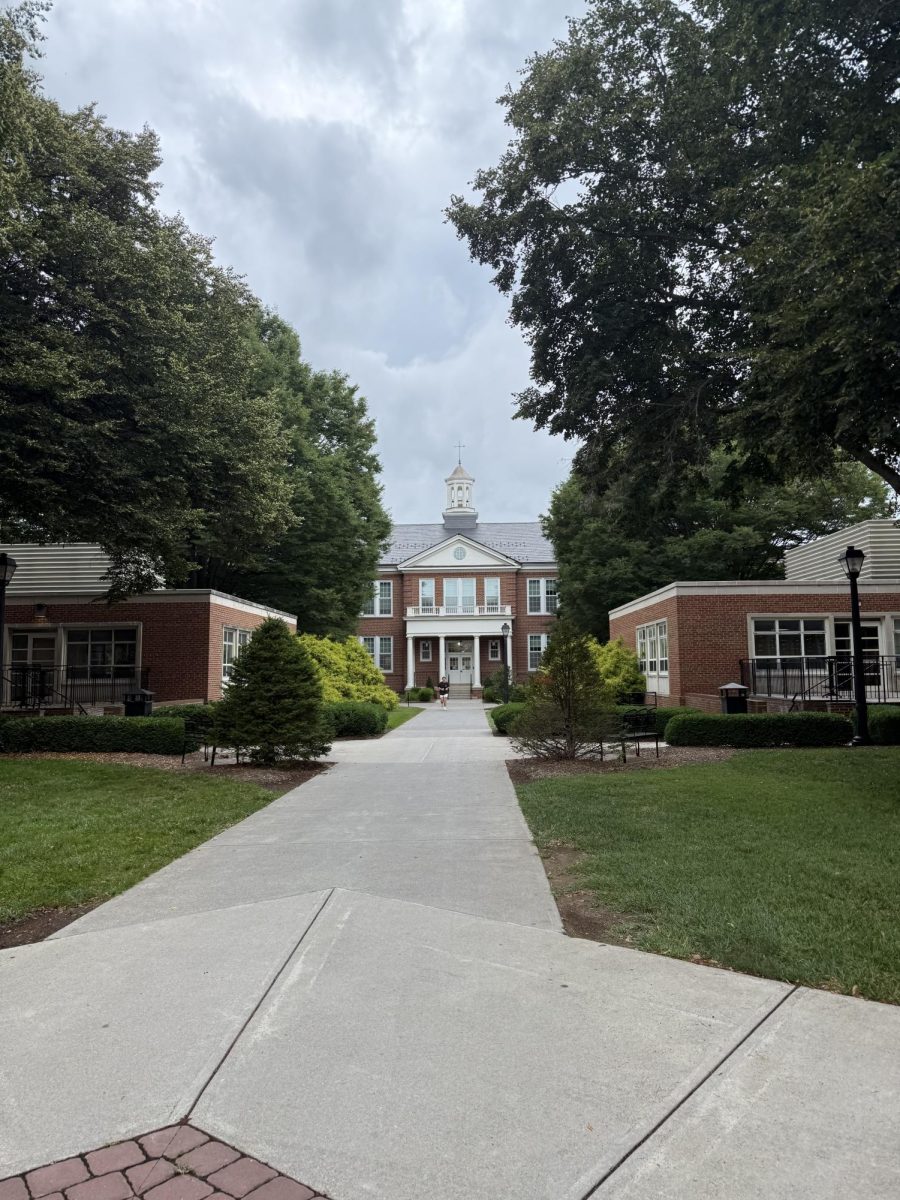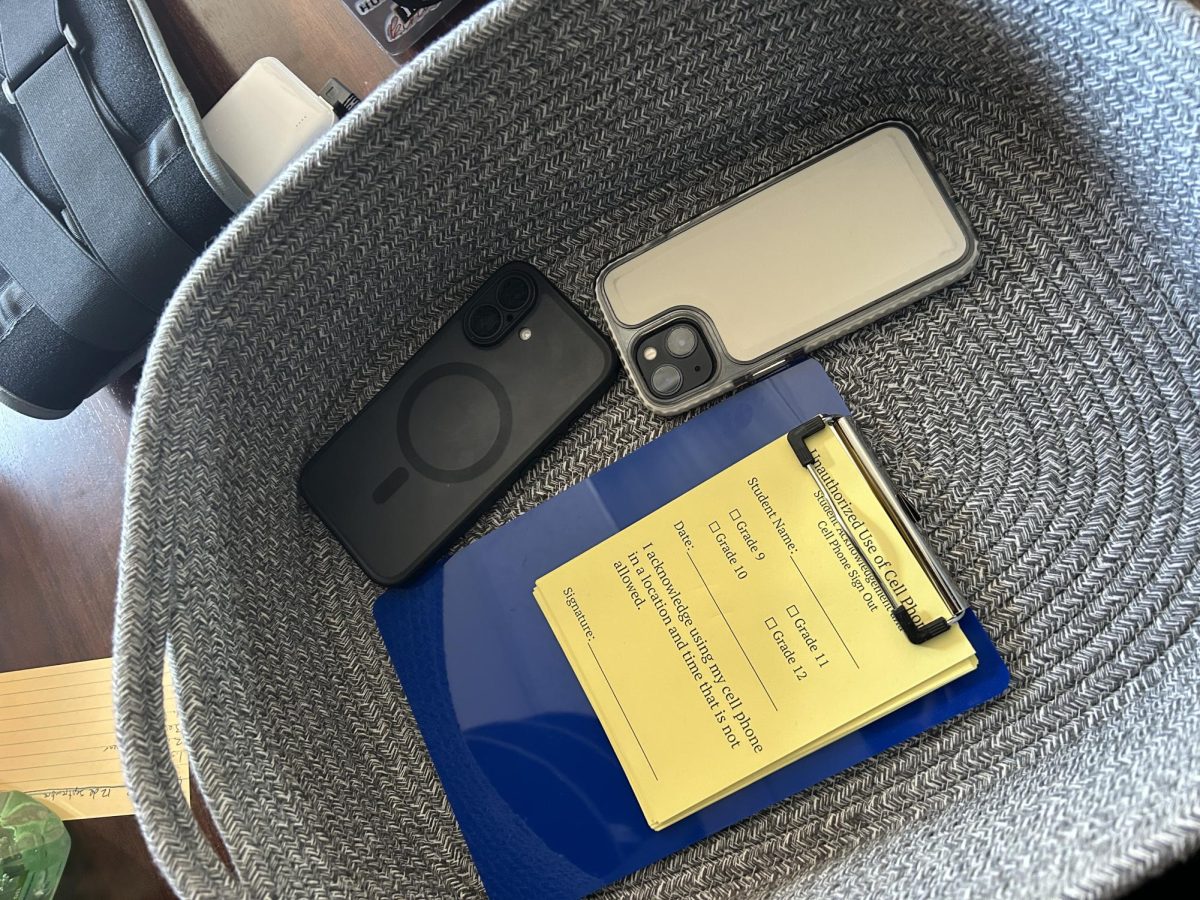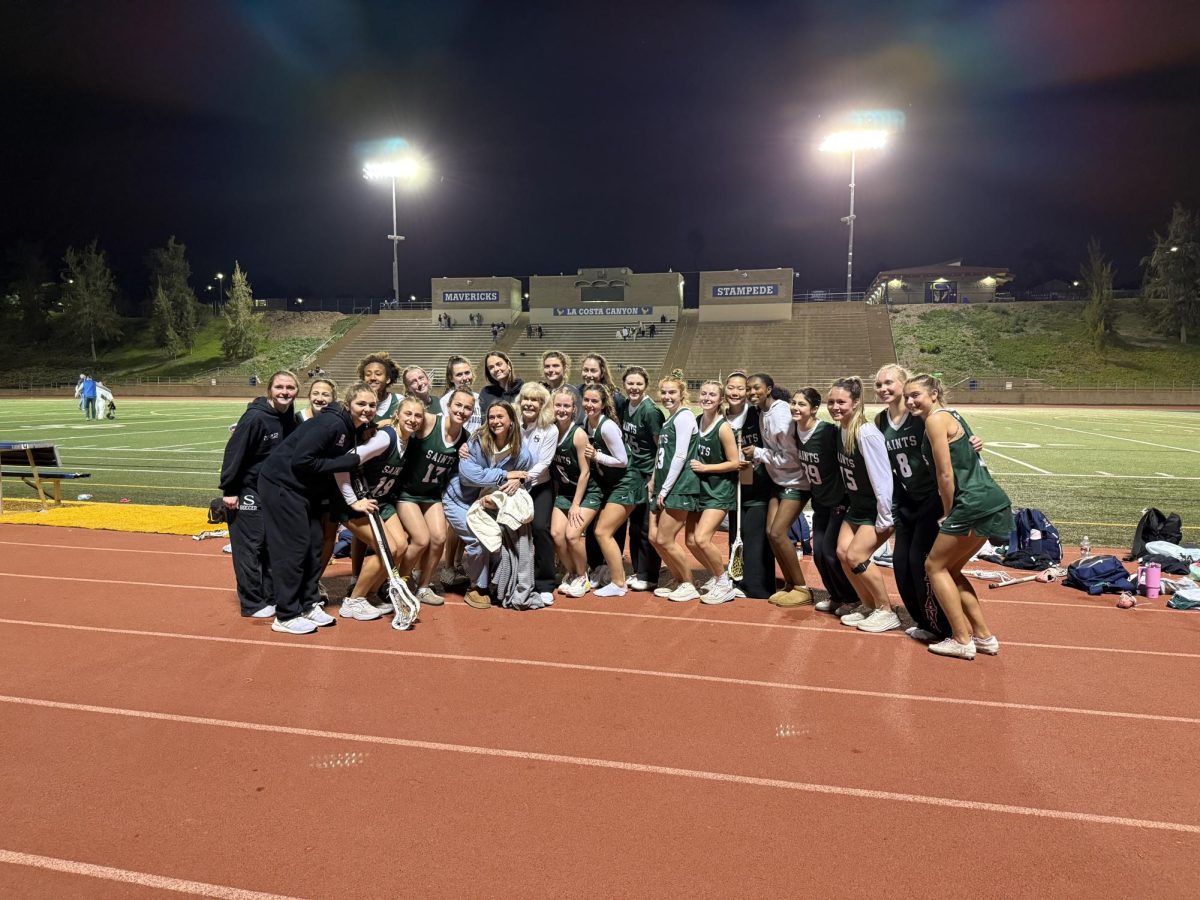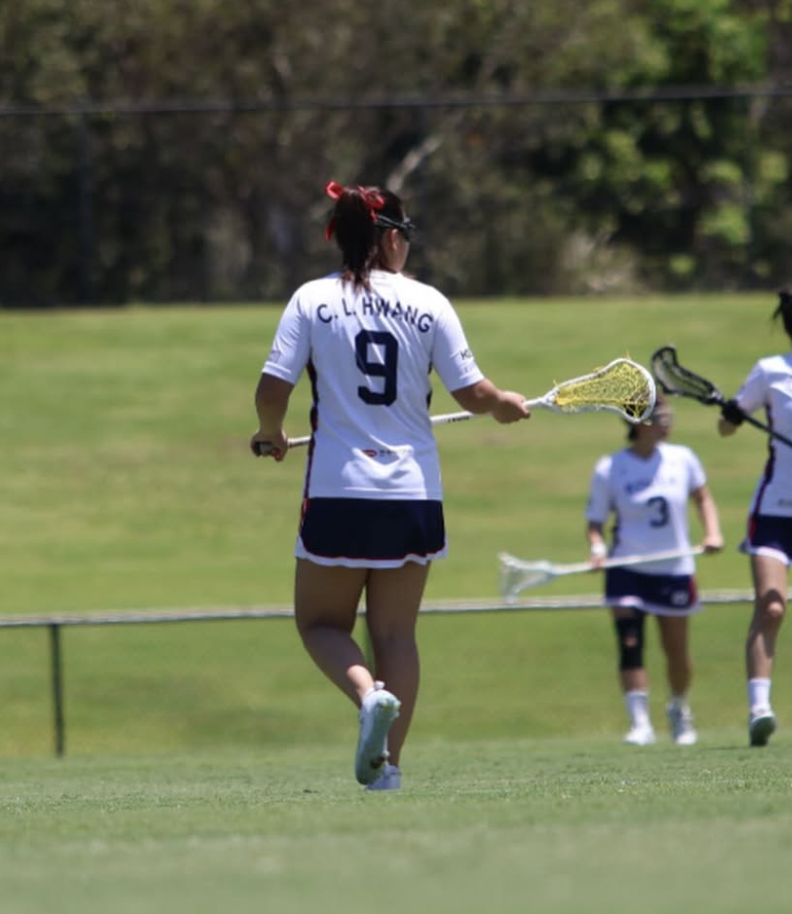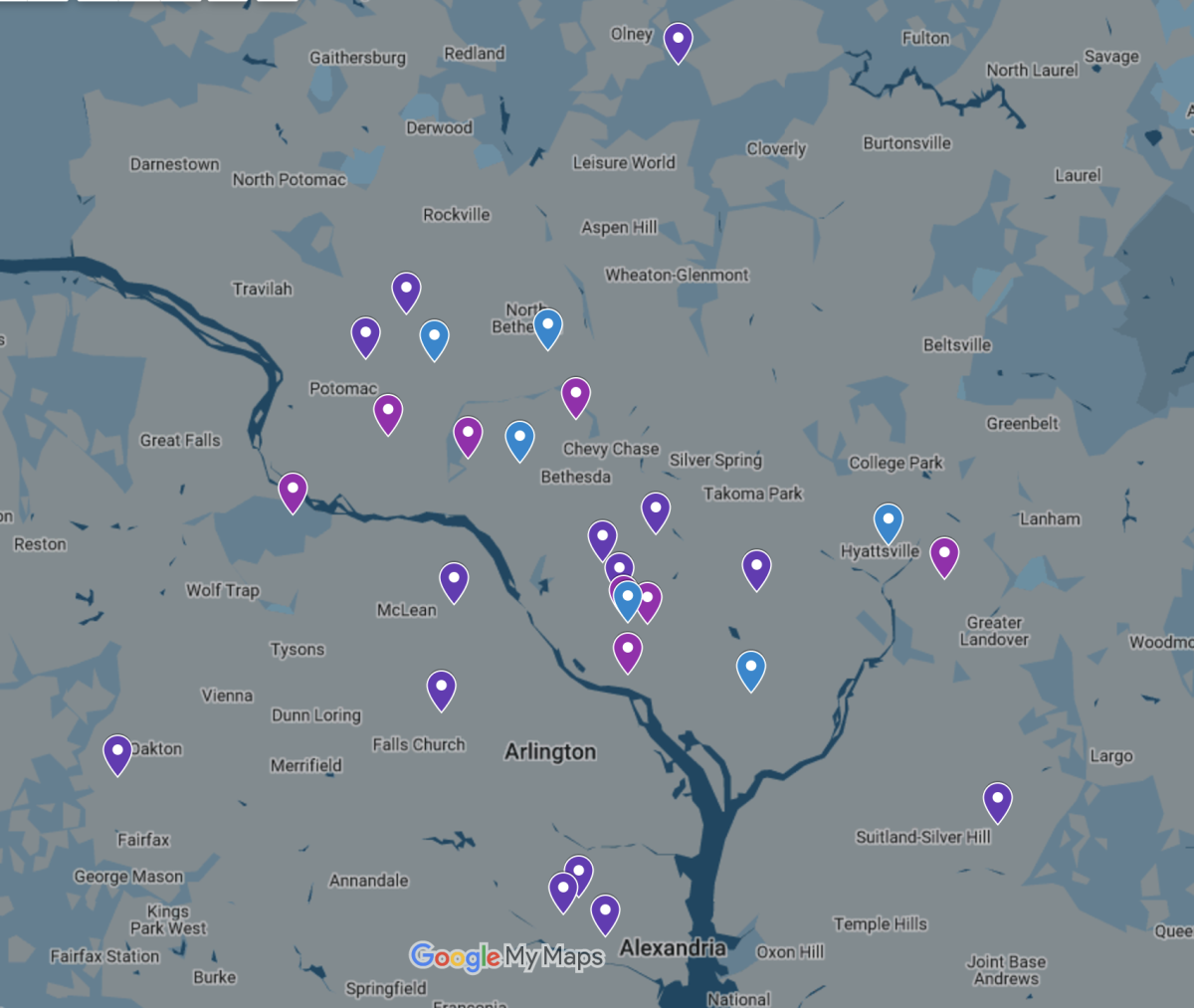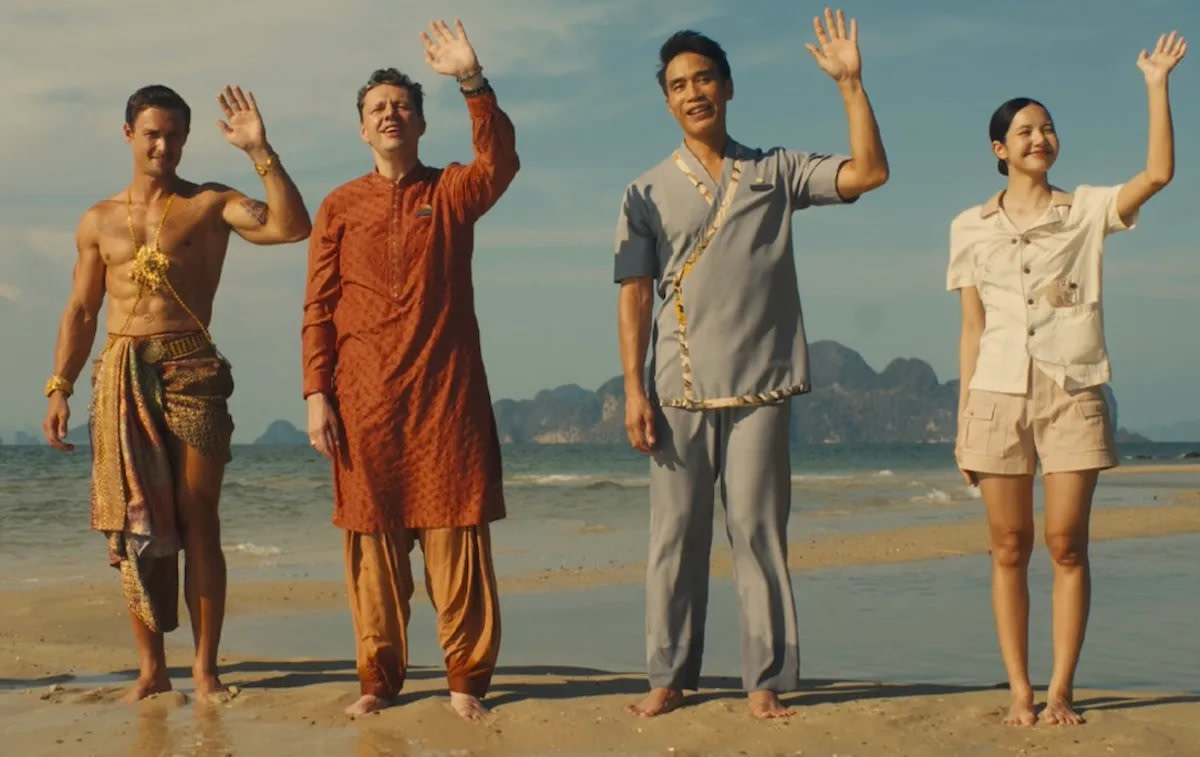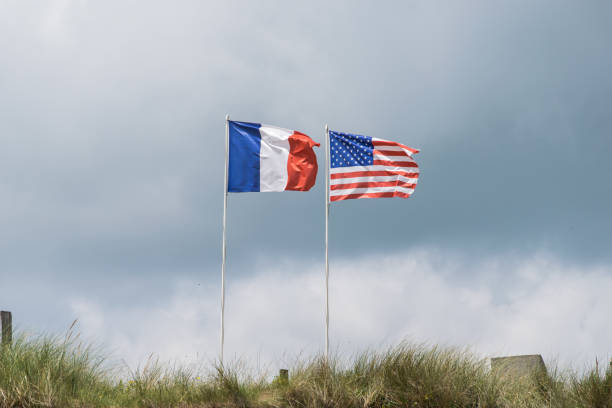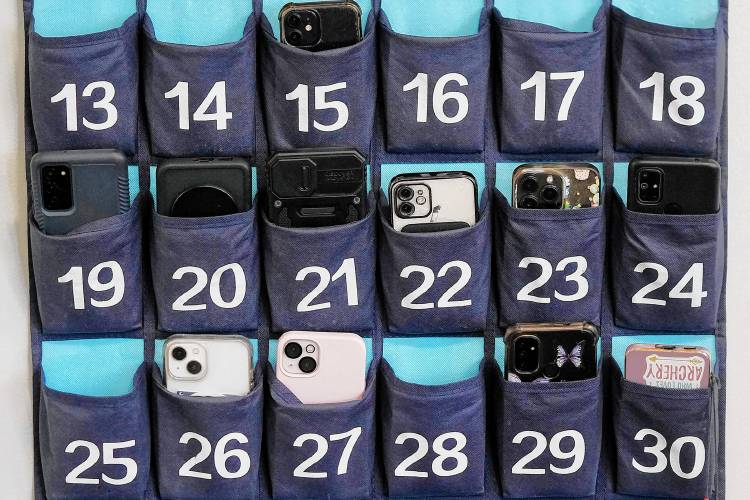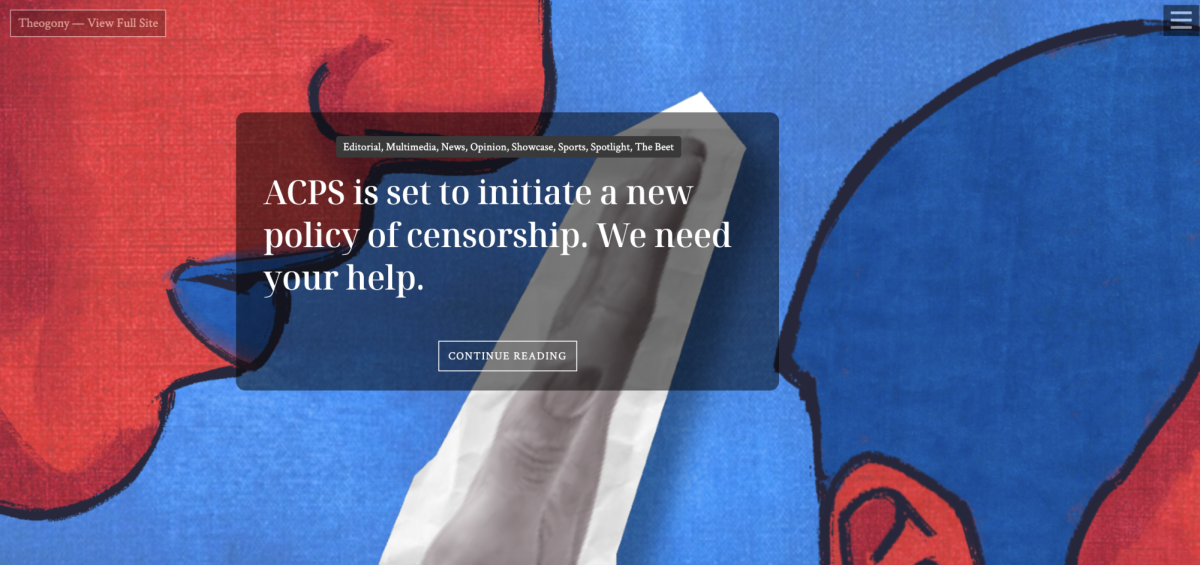Osgood-Schlatter is a disease that is often found in young athletes from age 10-15 who play sports that involve a lot of jumping and running. This disease causes pain and swelling below the knee joint where the patellar tendon attaches to the top of the tibia. This spot is called the tibial tuberosity. Osgood-Schlatter is caused by irritation of the bone growth plate. This is due to the area being made of cartilage rather than bone while kids are growing. Which means the area is not as strong as bone, so a lot of stress can make this area hurt and swell.
The patellar tendon attaches from the kneecap down to the front of the growth plate and the top of the tibia. The quadriceps are attached to the top of the patella. When your quads pull on the patella, it pulls on the growth plate, which can cause tenderness when doing repeated extensions on this area. For example: running, jumping, and squatting. You can also feel pain when the area is bumped or hit. Osgood-Schlatter can be helped in many ways, but the pain usually goes away on its own with time and rest; it can take a while.
If you want to play through the pain, there are many ways you can help decrease the pain. Things you can do to help decrease the pain include wearing a patellar tendon strap while exercising or other straps around the patellar tendon. You can also ice your knees 20-30 minutes after activity, and stretch your hamstrings, quads, calves, and ankles (limited flexibility in your ankles causes your pain to worsen and affects your running form). Heat can also help, as well as ice baths and hot baths with Epsom salt. Knee braces or KT tape will help reduce the pain, but you will still feel it.
Physical therapy can be used but they will do the same activities that were recommended. Exercises that strengthen the muscles around your knees will reduce the pain. Some exercises you can do are squats, lunges, glute bridges, calf raises, leg presses. Foam rolling is also helpful to improve your mobility. These are just a list of exercises and there are many more.
Overall, the pain and swelling do not damage your knee, and after interviewing many athletes with Osgood-Schlatter, they tend to take a short break from their sport while still staying active. You can still play through the pain, but it will hurt. But if the pain is unbearable, you take a serious break from your sport and see a doctor.
